It’s been a long time since I talked about “Heroic Materialism.” However, I find that these themes are rising in the broader culture, so let’s take it up again here.
The Traditional City/Post-Heroic Materialism Archive
For a number of years, I’ve done a “Life After Cars” piece around the end of the year. These were intended to be something like introductory items, presenting some of the basic ideas to people who might be seeing it for the first time. (“Life Without Cars” gets a lot of search hits from Google, so apparently people are interested in the idea.) But, “Life After Cars” is really just one part of the larger picture, which is “Life After Heroic Materialism.”
December 31, 2016: Life After Cars 2016
The term “Heroic Materialism” comes from Kenneth Clark’s brilliant thirteen-part 1969 BBC documentary, Civilisation. The final episode is entitled “Heroic Materialism,” and covers from roughly 1800 to the present — basically, coinciding with the Industrial Revolution.
The basic theme, the repetitive thought process, the hierarchy of values, of Heroic Materialism, is the use of science, technology and industrialization to make our lives better. And certainly, compared to the state of things in 1750, it has. Modern medicine, steel and concrete construction, automobiles and all forms of engine-powered machinery, electricity, public sanitation including sewers, trash collection, and clean water, itself leading to a huge falloff in infectious disease, abundant food production, and a thousand other things have indeed made our lives better.
Our age built no cathedrals. We did not create anything like the great public baths of Rome, with their fantastic architecture and sculpture, open to the general public. The Heroic Materialist Age is the age of civil engineering: the Brooklyn Bridge, Hoover Dam, the Interstate Highway system (and paved roads in general), water and sewage systems, irrigation canals that stretch over hundreds of miles, the electrical grid, the Internet. Nothing wrong with this. But, we already did it.
Today, this process has entered the realm of diminishing returns. More concrete, more asphalt, more cars, more machines, more electrical gadgets, more drugs, more mechanized this-or-that, aren’t going to help very much, and might do more harm than good. We are still making some progress in electronic devices and information technology — whether for better or worse, at least it is new and different. But, we aren’t making much progress at all anymore outside of this narrow realm. Modern life today looks a lot like it did in 1965, with some incremental improvements, but the basic outline is much the same. 1965 was fifty years ago. Compare what things were like in 1965 with fifty years before then, or 1915; and fifty years before then, in 1865.
Along with Heroic Materialism came a sort of “aesthetic of the engineer.” Our buildings look like an engineer’s version of a building — practical, functional, cheap. And also, ugly. But, engineers wouldn’t be engineers if they cared about such things. Along with this “aesthetic of the engineer” came a tendency to fetishize mechanical things, even when they really didn’t provide any practical benefit. A high-priced “luxury” car today typically has some nice upholstery, but the money usually goes into a big fancy engine. Very tall buildings are considered desirable basically because they are very tall — that they are an expression of our ability to create such things. Wealthy people don’t fawn over exquisitely decorated interiors, or sculpture, or hand-carved furniture. They fawn over their home theaters. Bigger is better. More is better. The idea that better is better — the impulse that led wealthy people to spend on exquisite architecture and art over centuries — doesn’t seem very popular today.
Because Heroic Materialist themes have been pushed pretty much to their limits, and indeed beyond their limits, we have great opportunities for genuine advancement that don’t involve the typical Heroic Materialist themes of science, technology, mechanization and industry. Let me show you what I mean:
Food
Heroic Materialist solution: Very cheap food based on GMOs and chemical mechanized agriculture; food from all over the world; processed foods that come from big factories; all sorts of labor-saving foods that don’t require cooking from raw materials. Advantages: cheap and convenient. Disadvantages: causes poor health and disease.

Heroic Materialist Food: a cheap, convenient, scientific one-stop solution to your dietary needs. Basically, powdered dogfood. Yes, Soylent is a real product.
post-Heroic Materialist solution: Organic, locally-grown food; food made from scratch. Advantages: maintains health and vitality. Disadvantages: costs more money, and takes more time to prepare.

Post-Heroic Materialist Food: not cheap, not easy, not convenient. But better.
Food is a nice place to start, since we are so familiar with the issues involved. The advantages of the Heroic Materialist approach to food are real advantages. Food used to be very expensive. Even organic foods, or fresh fruits and vegetables, are much cheaper now than in the past. Also, we can get fresh fruit and vegetables from all over the world, in all seasons, which I wouldn’t want to give up entirely. However, we also recognize that this Heroic Materialist approach causes ill health and disease; plus, a lot of food that actually doesn’t taste very good. My point here is that these problems cannot be solved with a Heroic Materialist solution. It is very easy to get huge gains in health and vitality by eating a more natural diet with a lot of fresh fruit and vegetables. It would be impossible to get anything like the same results using Heroic Materialist techniques like genetic modification, or some kind of “scientific” solution like some sort of powdered food that comes from a factory.
November 8, 2009: The Future Stinks
Architecture
Our buildings are terribly ugly. We know how to fix this, because the solution is the same thing that people have done for millennia: you actually try to make something beautiful, and you spend the time and money necessary to make it happen. It is not something that can be solved with engineering techniques — taller, bigger, cheaper.
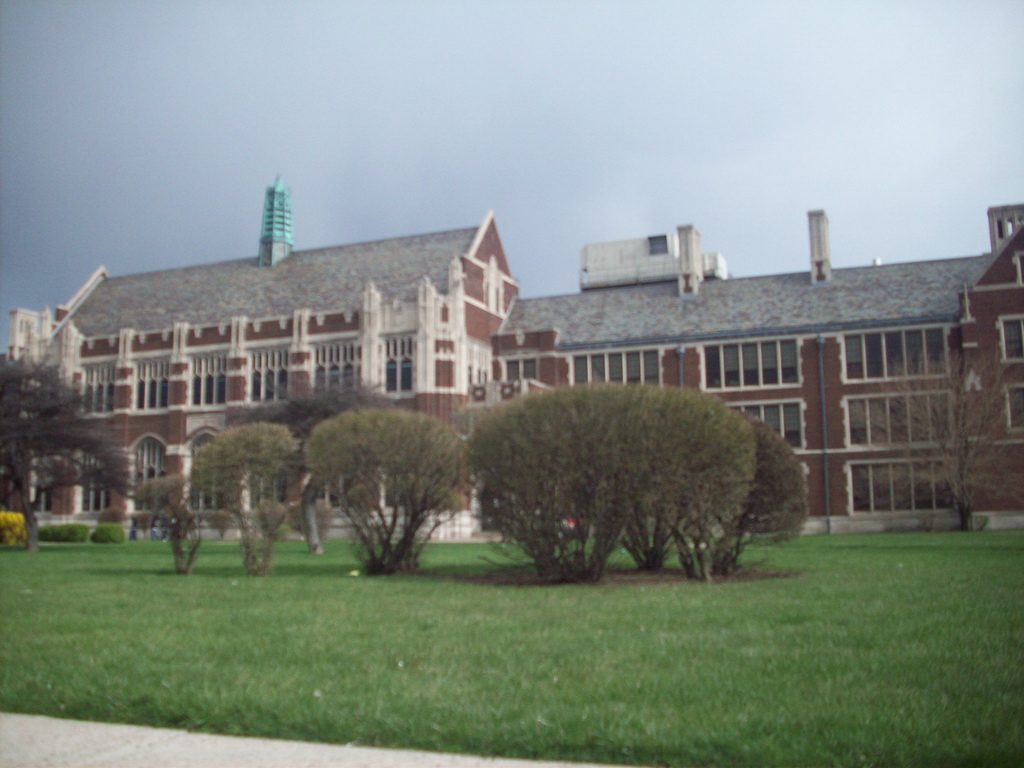
Old high school in Detroit, MI.
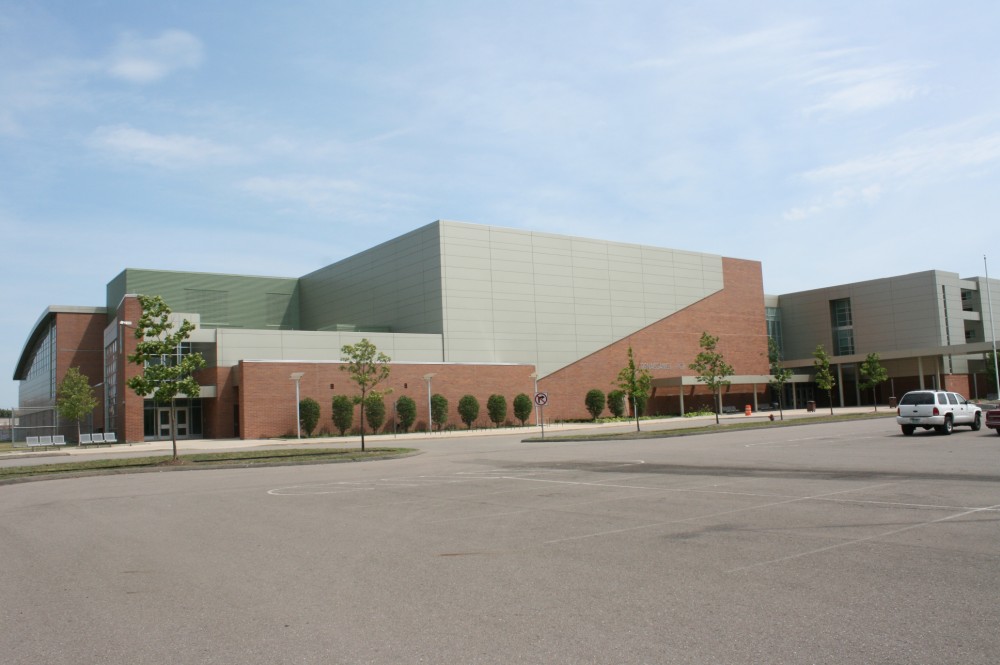
New high school, in Detroit, MI.
City Design
Of course this is a big topic on this website. Our urban areas today are horribly ugly, harsh, and unpleasant; plus, they are very expensive. We know the solutions to this, because we’ve looked into it in great detail on this website over ten years. I might point out here that cities in the eighteenth or nineteenth centuries were often also horribly ugly, harsh and unpleasant, but for different reasons. They commonly had all sorts of sanitation issues ranging from raw sewage in the streets, to uncollected trash, to noxious industries such as meat-packing, to the ubiquitous horse poop. Clean water supply was iffy. Cities could be infested with vermin such as rats. Cities were centers of disease. The air quality was often very bad, with the previously-mentioned issues of sanitation worsened by coal soot and woodsmoke, and later, automobile exhaust that used to be much more noxious than it is today. They could be dark and threatening, before electric lighting became common. Fires easily spread over whole neighborhoods of wood-framed structures. Before cheap asphalt paving, city streets were often unpaved, and turned into swamps of mud in the spring. Sometimes there were issues with inadequate drainage after rainfall. Rivers turned into open sewers; one famously caught fire. Later, industrial pollution such as chemicals and heavy metals poisoned urban areas. The United States had its own issues, as cities tended to be centers for migrants and immigrants of all kinds, producing a confusion of cultures and values.
All of these things (except for the last) are basically non-issues today. We can thank two centuries of Heroic Materialist effort for that. But, we can also see that we aren’t going to make any new progress in this fashion.
Today, the idea of Places For People is an important new trend that has helped focus the attention on how to solve our present problems. Whatever your solution might be, the end result must be a pleasant Place For People. The funny thing is that it is a “new idea” at all: what the heck were we thinking, all those decades, if we weren’t thinking about Places For People? What is a city for, if not For People? That was the aesthetic of Heroic Materialism. We were, essentially, playing games with Heroic Materialist themes: making Places For Cars, trying to maximize fire response times (although fires today are almost nonexistent), trying to minimize auto commute times, making up excuses to build things out of steel and concrete, and so forth.
We can see today that the solution for making great Places For People doesn’t require any technology at all. It is just about arranging buildings and streets in different patterns. And, relying much more upon trains, rather than automobiles. But, this is difficult! At least, it is difficult for us, although previous generations seemed to do it with as much ease as we today can build internal combustion engines with thousands of interlocking steel parts, machined to high tolerances. We will never solve the problem of cities today — the problem of making Places For People that are pleasant, convenient, beautiful, and inexpensive — with Heroic Materialist techniques.
August 10, 2008: Visions of Future Cities
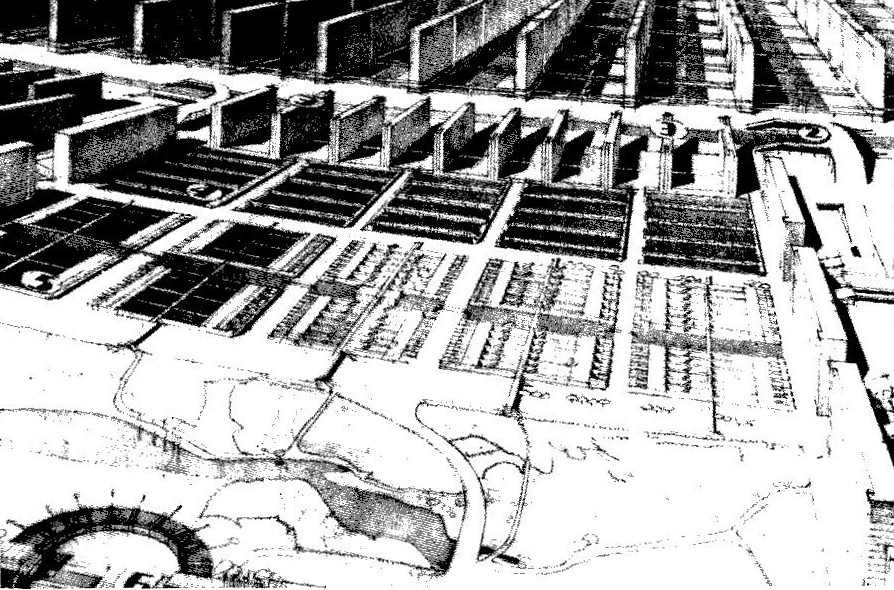
The all-too-familiar Heroic Materialist “City of the Future,” 1922.
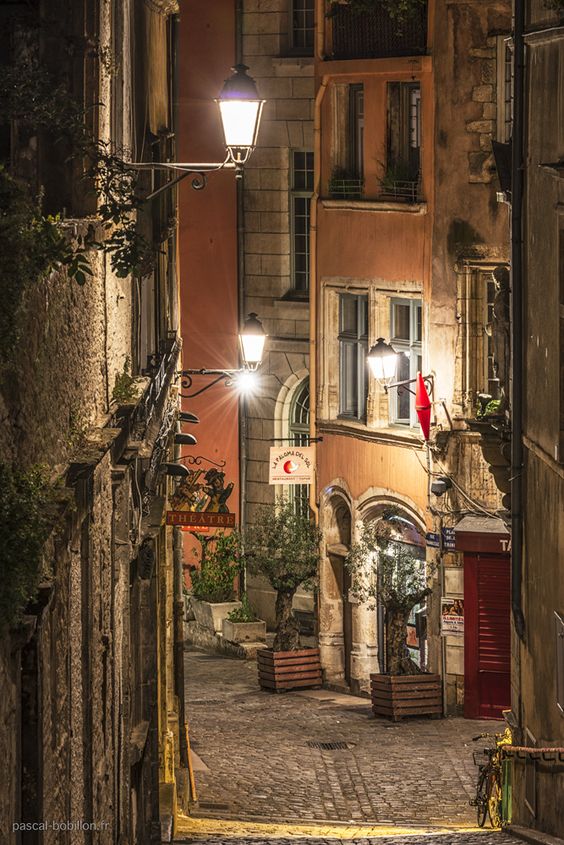
A street in Lyon, France.
Exercise
Much of Heroic Materialism was about “labor-saving.” Life used to be hard work. Even doing the laundry was a bit of a workout, if you had to use a washboard and hang wet sheets on a clothesline. We created machines and motors to do all kinds of labor. In the process, we became so sedentary that we now have to exercise intentionally to maintain a basic level of physical health. Even here, however, Heroic Materialist themes continue. Often, when people want to exercise, they look for a machine to do it for them. We have running machines, rowing machines, and every kind of weightlifting/resistance machine. These can be useful, but more experienced athletes today find that simple bodyweight exercises can achieve better results. Plus, we have a broad variety of sports and activities, many of which have been around in one form or another for centuries. Tennis, gymnastics or actual running in the real world. There is still a strong Heroic Materialist tinge to exercise today. We have electronic monitors, apps, or supposed technical advances in footwear, most of which provides nearly no benefit at all.
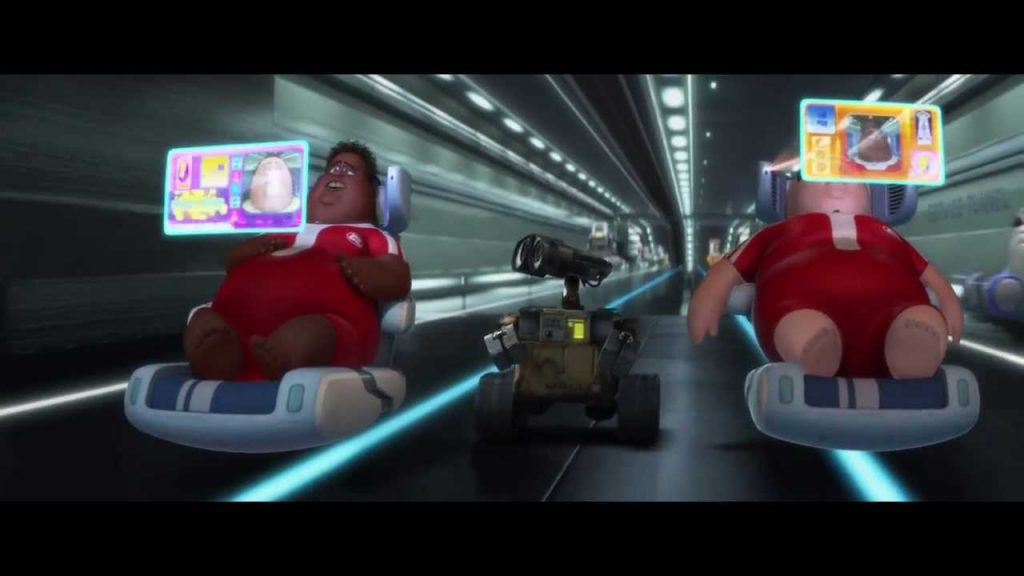
A Heroic Materialist solution to our fitness problem.

A post-Heroic Materialist solution to our fitness problem.
Health
In the old days, the big killers were infectious disease, and some kind of physical trauma such as an accident or injury, or even childbirth. Today, these too are non-issues, and we can thank Heroic Materialism for that. Infectious disease has disappeared almost entirely. Accidents and injury are a lot less common today, in part because of our other Heroic Materialist advances. If you did have an accident, you are a lot better off today than in the past, since surgery and related medical procedures have developed to a high level of refinement.
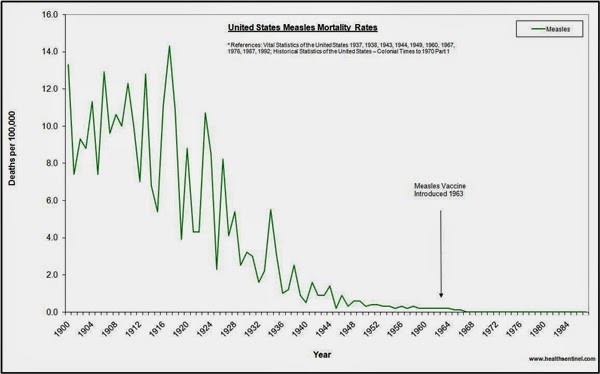
Rather, our major health problems today are all related to lifestyle. Basically, they are the consequences of our Heroic Materialist patterns in food and exercise — bad food, and not enough exercise. The Heroic Materialist solution would be new drugs, new surgical techniques and hospital procedures, and some kind of machine. This would not produce any advantage, although it might be profitable for a few. Rather, the solution is better food and exercise. This can have a scientific component, but the solutions are decidedly not Heroic Materialist. The documentary Simply Raw: Reversing Diabetes in Thirty Days shows how one group of people resolved their diabetes issues by eating a Raw Vegan diet for one month. The China Study was an experiment with 600,000 people in China, divided into groups that were vegan, and groups that ate meat. The vegan group did not have a single incidence of cancer, while it was common in the meat-eating group. When the groups switched — the meat-eaters went vegan, and the vegans ate meat — the former vegans developed cancers, and the former meat-eaters’ cancer problems disappeared.

Maybe it is that simple.

Heroic Materialist treatment for diabetes.
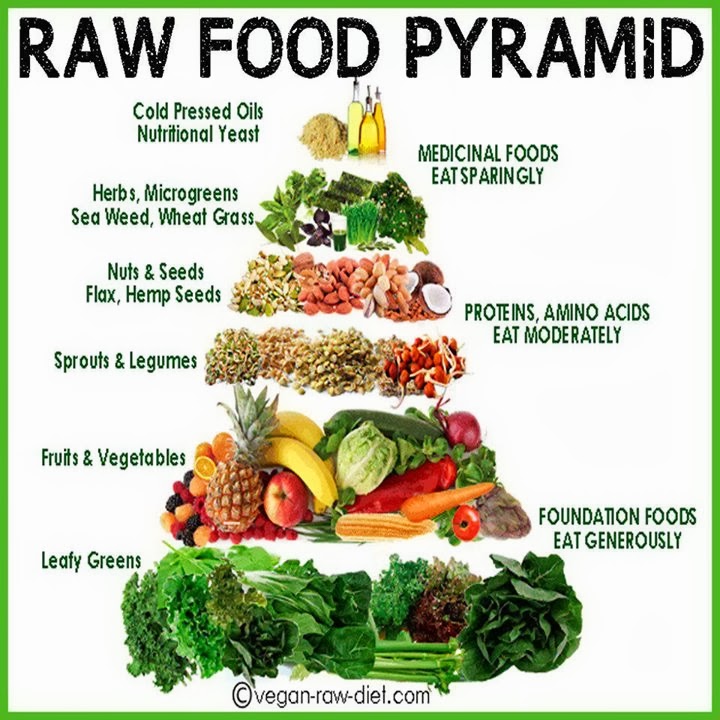
Post-Heroic Materialist treatment for diabetes.
Art, Music, and Literature
While we were all playing with steel, concrete, machines and electricity during the Heroic Materialist age — particularly after 1914 — all of these components of civilization withered badly. We have great opportunities to improve our lives with better art, music and literature.
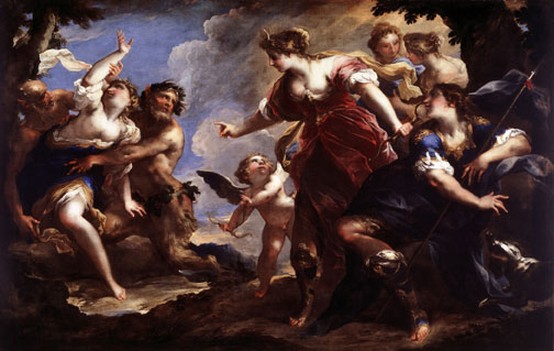
Just a standard rich guy’s living-room decoration from the eighteenth century.

Called “one of the best 25 examples of contemporary art.”
Clothing
In the past, people dressed well, men and women both. At the beginning of the age of Heroic Materialism, clothing was very expensive. People (women) actually had to take flax or wool, and make it into thread on a spinning wheel. Then, they would have to take that thread and make it into fabric on a loom. Then, they would have to make clothing out of that cloth, with nothing but a needle and thread. Can you even imagine the labor involved? One of the first advances of the Industrial Revolution was to make cotton cheap by the use of the Cotton Gin, which eliminated the incredibly laborious process of removing cotton seeds by hand. The early factories mechanized the process of spinning, and then weaving. Later, sewing machines replaced hand-sewing. Today’s clothes are cheap, and we have a lot of it, but we dress like crap.
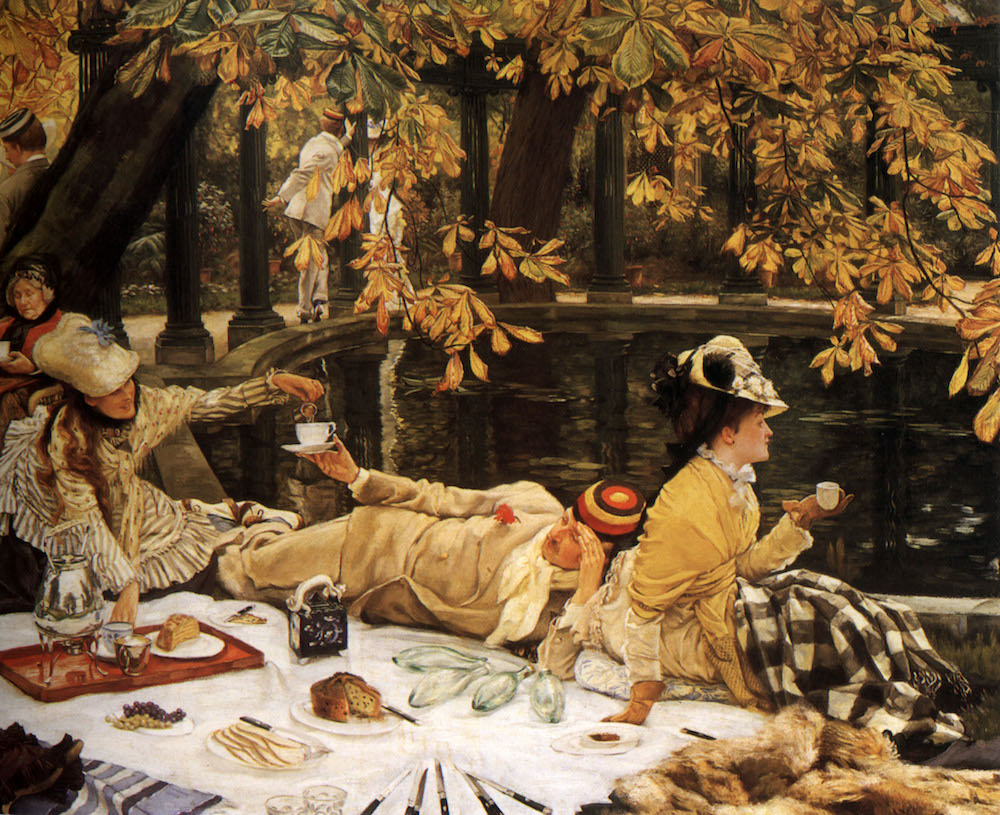
An afternoon in the park, Paris, 1880s.
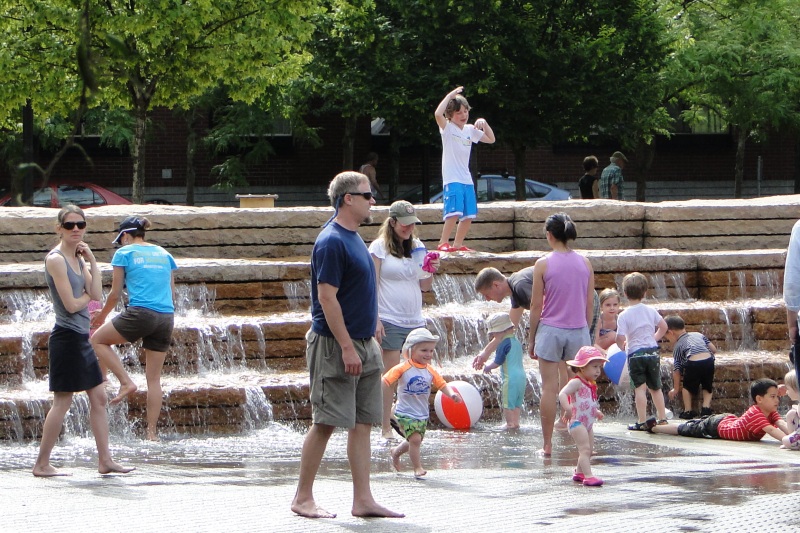
All t-shirts all the time: a day in the park today.

A pretty girl, late nineteenth century.

A wealthy man today. (Adam Sandler)
Life After Heroic Materialism
And so we see that the solutions to all our problems today require getting out of the Heroic Materialist mindset that we have been in for over two hundred years. We will still keep all our Heroic Materialist advantages. We aren’t going back to whale oil lamps and blacksmiths. And, technology will continue to improve. But, the big gains will not be in technology. It might take as much of an effort, and as much time, for us Americans to actually be able to create Places For People, consistently and skillfully, as it did to get from propeller-driven airplanes to a man walking on the moon (24 years). This might be a real struggle. It might take an equal struggle for the majority of us to actually eat a healthy diet rich in fresh fruits and vegetables, and unprocessed foods. It might take even longer, and even more effort, to make art, music, literature and architecture that we actually enjoy — Art, Music, Literature and Architecture For People — the kind of accomplishment that will be praised by our descendants two hundred years from now. But, with this struggle will come real advantages — the kind of life-changes advances that electricity, steel, concrete, mechanization and antibiotics brought us over the past two hundred years.
Our lifestyles today are not so much different than they were in 1965. But, fifty years from now, they might be completely different — not because of artificial intelligence and flying autonomous cars, but because we live in a beautiful neighborhood For People, no longer own a car but use the excellent train system, and have a garden that we like, and read a book that inspires and uplifts us, eat good food, enjoy sports and recreation, and have beautiful bodies in the prime of health.
This is Life After Heroic Materialism.
May 8, 2014: Environmentalism is the Key to Growth
March 2, 2014: The Eco-Technic Civilization

